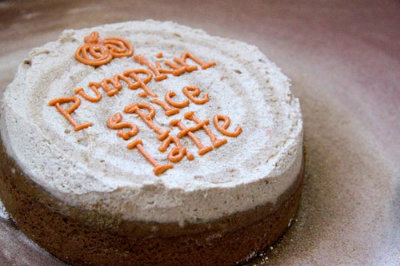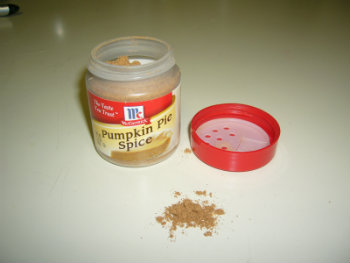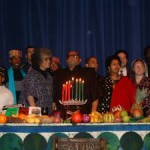Pumpkin Spice Origins
Most Americans associate the fall season and holiday meals with the scent of warm pumpkin pie or rich pumpkin bread fresh from the oven. The candle and scented oil industries profit from offering the scent of warm pumpkin spice wafting throughout the home. The history of pumpkin spice will surprise many, especially upon learning that pumpkin spice contains no pumpkin. Pumpkin spice is actually a modern-day joke to some people who know its actual origin.
Pumpkin Spice History
In 1996 Home Roast Coffee announced that “Roasters hope profits are brewing,” referencing pumpkin spice beans. Pumpkin spice coffee slowly spread across the country, culminating in the Starbuck’s introduction of their Pumpkin Spice Latte (PSL).
While some sources claim pumpkin spice originated in America, references to pumpkins go back several centuries. The University of Illinois reports that the French nasalized the Greek “pepon” as “pompon,” which the English later pronounced “pumpion.” Americans later changed that word to “pumpkin.”
A pumpkin spice actually did travel along a route from northern Mongolia, Arab countries and the Balkans in what is now referred to as The Great Pumpkin Route. However, it was bland, until Persian merchants added cinnamon to it. While the pumpkin dates back several centuries, the first reference to pumpkin spice similar to the pumpkin spice ingredients known today actually does come from details of the lives of the American Colonists. The colonists made pumpkin pies, removing the top and seeds of pumpkins, then filling “the insides with milk, spices and honey,” then baking it.
Modern-Day Pumpkin Spice
Over the years, filling the inside of a pumpkin with spices, milk and honey gave way to filling a pie crust. In the 1930s, pumpkin desserts did still contain pumpkin. However, spice companies decided to market pumpkin spice in a can.
McCormick created “Pumpkin Pie Spice” in the 1950s. Home bakers snatched up the small tin of spices to make their signature pumpkin pies and desserts for the family dinner table or to amaze holiday guests. The tins of pumpkin spice flew off the shelves even though there is not a bit of pumpkin anything in a container of “Pumpkin Pie Spice.” The ingredients include cinnamon, nutmeg, cloves and other spices, but no pumpkin. The McCormick’s version of “Pumpkin Pie Spice,” was soon reduced to “Pumpkin Spice” in the 1960s, as women preferred the combined spice concoction rather than measuring out all the individual spices making up the exact ingredients in the McCormick can and that of other spice companies.
Bring On The Lattes
In the 1990s, retailers, coffee shops and bakeries began profiting from adding pumpkin baked goods and drinks to  their menus. As coffee shops offered pumpkin coffees and lattes containing no pumpkin at all, Dunkin’ Donuts began offering pumpkin donuts. Other shops offered a variety of pumpkin spice creations.
their menus. As coffee shops offered pumpkin coffees and lattes containing no pumpkin at all, Dunkin’ Donuts began offering pumpkin donuts. Other shops offered a variety of pumpkin spice creations.
Starbucks is undoubtedly reaping the greatest profits from the pumpkin spice craze with its Pumpkin Spice Latte. Although media sources reported the favorite item contained no pumpkin at all, Starbucks Pumpkin Spice Latte lovers lined up out the doors to get the beverage. It is now offered throughout the United States and 50 countries, explains the Starbucks Newsroom. The August 2014 article says the recipe “has been unchanged in 11 years.” However, 2015 marks the first year that the PSL actually contains pumpkin.
Never mind trying to avoid the pumpkin spice craze, because it is everywhere, just embrace it!







